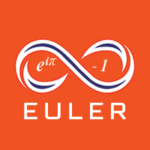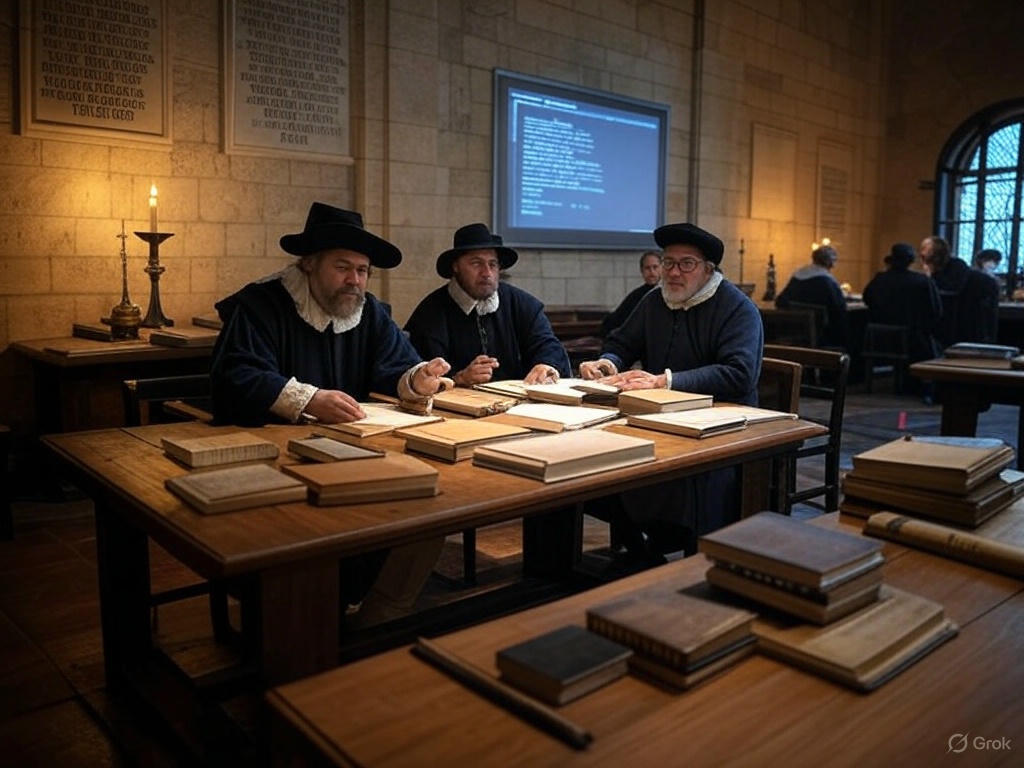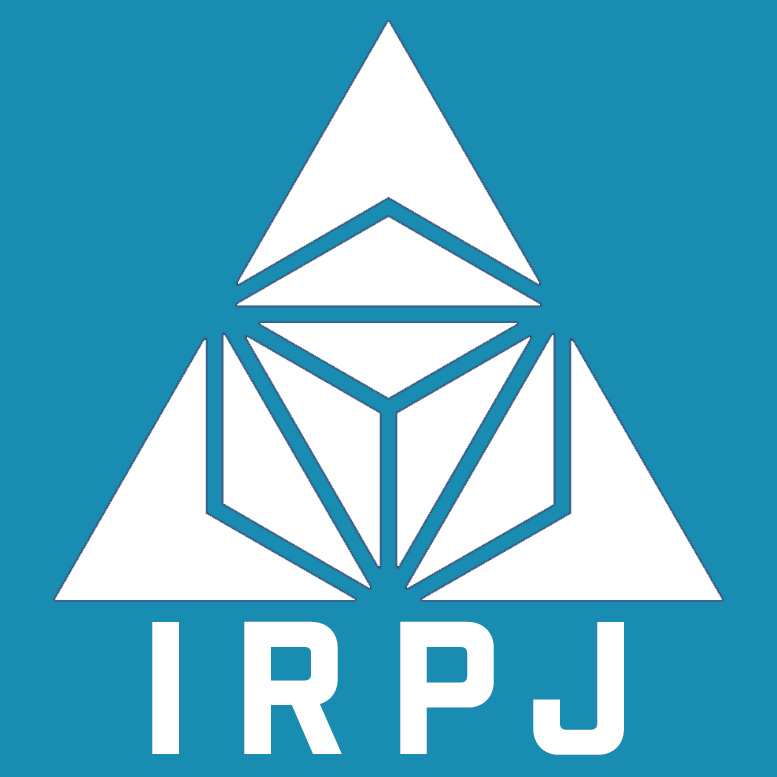Abstract
The rapid advancement of artificial intelligence (AI) technologies has prompted a reevaluation of traditional educational practices, including the teaching of Latin in European universities. This article examines the historical significance of Latin as a cornerstone of academic instruction, with a particular focus on its role at the University of Franeker (1585–1811), the second-oldest university in the Netherlands. It explores whether Latin retains relevance in an era dominated by AI-driven tools, which prioritize modern languages and technical skills. By analyzing Latin’s contributions to intellectual development, cultural heritage, and interdisciplinary studies, the article argues that its teaching remains valuable, albeit in a reimagined form, to complement rather than compete with AI advancements.
Introduction
Latin, once the lingua franca of European scholarship, has seen a significant decline in its use as a medium of instruction since the 18th century. Historically, it was the bedrock of academic discourse, enabling scholars across Europe to communicate and collaborate seamlessly. The University of Franeker, established in 1585 in Friesland, Netherlands, exemplifies this tradition, having been a prestigious center of learning where Latin facilitated international exchange among scholars like René Descartes. However, the rise of vernacular languages and, more recently, AI technologies—capable of instant translation and data processing—has called into question the utility of teaching Latin in modern universities. This article investigates whether Latin still holds educational value in the age of AI, using Franeker’s historical context as a lens to explore broader implications for European higher education.
Sources
This analysis draws on historical accounts of Latin’s role in European universities, with specific reference to the University of Franeker, as documented in scholarly sources. Additional insights are derived from contemporary discussions on Latin’s relevance in education, including its pedagogical benefits and challenges in the context of AI. Key references include historical analyses of Franeker’s decline due to the shift from Latin to vernacular languages, as well as modern perspectives on Latin’s role in fostering critical thinking and cultural literacy.
Discussion
Historical Role of Latin in European Universities
Latin’s dominance in European universities from the Middle Ages through the early modern period was rooted in its status as the universal language of scholarship. At the University of Franeker, founded shortly after Leiden University, Latin was essential for its international appeal, attracting over 40% of its students and faculty from abroad during the 17th century. This linguistic unity enabled scholars to engage with classical texts, debate theological and philosophical ideas, and contribute to scientific advancements, as seen in the works of figures like Descartes, who studied at Franeker. The university’s curriculum, spanning theology, law, medicine, philosophy, mathematics, and physics, was delivered in Latin, ensuring accessibility to a diverse academic community.
However, Franeker’s decline in the 18th century illustrates the challenges Latin faced as vernacular languages gained prominence. The shift to Dutch and Frisian instruction, driven by a growing emphasis on regional identity and accessibility, led to a loss of international students and faculty, ultimately contributing to the university’s closure by Napoleon in 1811. This historical trajectory underscores a broader trend across Europe, where the rise of national languages diminished Latin’s role, a process accelerated by enlightenment ideals favoring practical knowledge over classical traditions.
Latin’s Pedagogical Value in the Modern Context
Despite its diminished role, Latin retains pedagogical benefits that remain relevant today. Studies of Latin grammar and syntax enhance cognitive skills, such as logical reasoning and linguistic analysis, which are foundational for disciplines like law, philosophy, and linguistics. In Germany, for instance, Latin is a compulsory second language in many Gymnasiums, with a Latin certificate (“Latinum”) required for various university courses, reflecting its perceived value in fostering intellectual rigor. Moreover, Latin provides access to primary historical texts, enabling students to engage directly with the cultural and intellectual heritage of Europe, a benefit that AI translation tools cannot fully replicate due to their focus on modern languages and potential for contextual errors.
Challenges in the Age of AI
AI technologies, such as machine translation and natural language processing, have transformed language learning and academic research. Tools like DeepL or Google Translate can instantly render Latin texts into modern languages, reducing the perceived need for students to learn the language themselves. Additionally, AI-driven educational platforms prioritize skills in STEM fields and modern languages, aligning with labor market demands. In this context, teaching Latin may seem anachronistic, particularly when resources could be allocated to training students in AI literacy or coding—skills directly applicable to contemporary challenges.
The University of Franeker’s fate offers a cautionary tale: its failure to adapt to the linguistic shift from Latin to vernacular languages led to its decline. Today, universities face a similar risk if they cling to traditional curricula without integrating modern tools. However, this does not necessitate abandoning Latin entirely. Instead, it calls for a reimagined approach, where Latin is taught alongside AI technologies to enhance its accessibility and relevance. For example, digital platforms like EULALIA (European Latin Linguistic Assessment) are developing multimedia toolkits to teach Latin, incorporating audio tools to support diverse learners, demonstrating how technology can revitalize classical studies.
Opportunities for Synergy
Rather than viewing AI as a threat, universities can leverage it to enhance Latin education. AI can assist in analyzing complex Latin texts, identifying grammatical structures, and even simulating historical dialogues, making the language more engaging for students. Furthermore, Latin’s study can complement AI education by fostering critical thinking and ethical reasoning—skills essential for navigating the societal implications of AI, such as bias in algorithms or data privacy concerns. The interdisciplinary nature of Latin, bridging history, literature, and philosophy, equips students with a holistic perspective that can inform AI development and application.
Conclusion
Teaching Latin in the age of AI remains a worthwhile endeavor, provided it is adapted to contemporary needs. The University of Franeker’s history highlights both the strengths and vulnerabilities of Latin as a medium of instruction: while it fostered international collaboration and intellectual depth, its rigidity in the face of linguistic change led to obsolescence. Today, Latin offers unique pedagogical benefits—enhancing cognitive skills, preserving cultural heritage, and providing interdisciplinary insights—that complement the technical focus of AI-driven education. By integrating AI tools into Latin pedagogy, universities can ensure its relevance, making it a bridge between past wisdom and future innovation. In this reimagined form, Latin can continue to enrich European higher education, honoring its historical legacy while embracing the possibilities of the digital age.
References
1. Wierenga, B. (2024). The history of the University of Franeker. *NRC*. As cited in Marisa De Brito’s LinkedIn post on the decline of Franeker due to the shift from Latin to vernacular languages.[](https://www.linkedin.com/posts/marisa-de-brito-5b9ba92_prestigious-university-franeker-activity-7150351500135821312-1FaA)
2. University of Franeker. (2005). *Wikipedia*. Historical overview of Franeker’s establishment, curriculum, and closure.[](https://en.m.wikipedia.org/wiki/University_of_Franeker)
3. Instruction in Latin. (2007). *Wikipedia*. Details on Latin’s role in European education, including its requirement in German universities.[](https://en.wikipedia.org/wiki/Instruction_in_Latin)
4. EULALIA – European Latin Linguistic Assessment. *University of Bologna*. Information on modern multimedia approaches to teaching Latin.[](https://www.unibo.it/en/university/who-we-are/mission-and-values/european-projects-education-and-training/eulalia-european-latin-linguistic-assessment)
5. The Roles of Latin in Early Modern Europe. *OpenEdition Journals*. Analysis of Latin’s transformation in the 17th and 18th centuries.[](https://journals.openedition.org/annuaire-cdf/1783)






